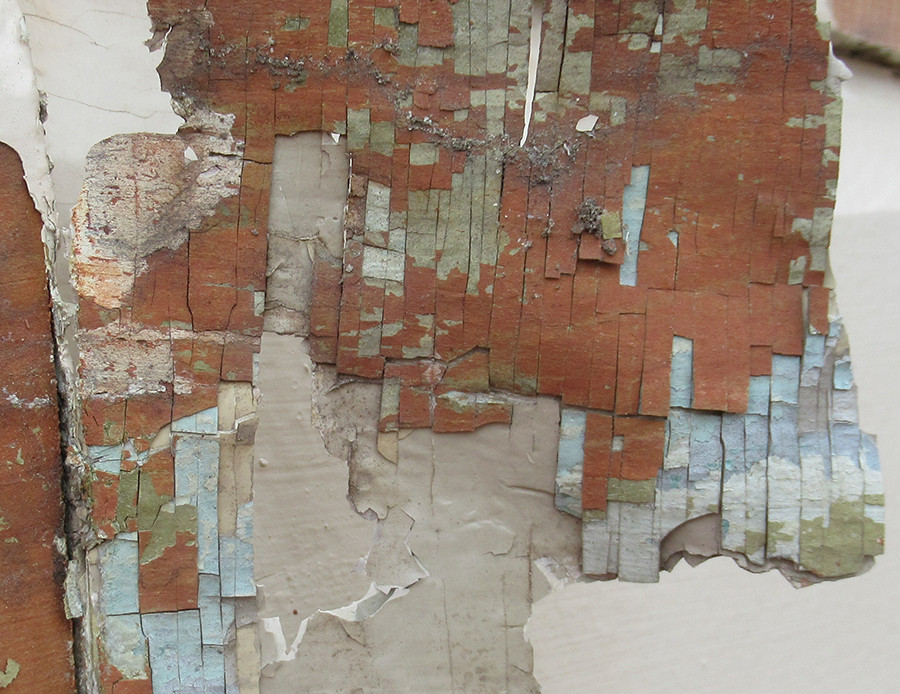

Traditional Materials Analysis and Spec WRiting
We analyze traditional building materials—such as mortar, paint, plaster and wood—to determine their composition, condition, and performance. This information guides the selection of conservation and repair techniques compatible with historic fabric, which can then be specified in project documents.

Why?
Compatibility is King
Historic preservation has benefited greatly from twentieth-century innovations in building material science in the development of products that protect and conserve fragile and aging materials. And, since it is not always possible or advantageous to continue the use of traditional materials, we need to determine if their modern replacements will be compatible and not adversely impact historic fabric. Therefore, it is vital to have an understanding of a building’s traditional materials.
Information Potential
The type of pigment, origin of the sand, or species of wood used in a historic structure can reveal a lot about the people who designed, built, or lived there. Analyzing the materials that reveal this historical data can allow for a fuller interpretation or understanding of a historic property.
Avoid the Headless Hand
Historic properties often initially show more modern replacements of their sacrificial layers like mortar, roof shingles, and paint. The “headless hand” may be tempted to simply replace what is seen at first glance in kind. Looking for protected areas or previously covered walls can reveal original materials that can be analyzed to restore the structure's historic integrity.
Material Specialties
Analysis or Specs Available for the Following Materials